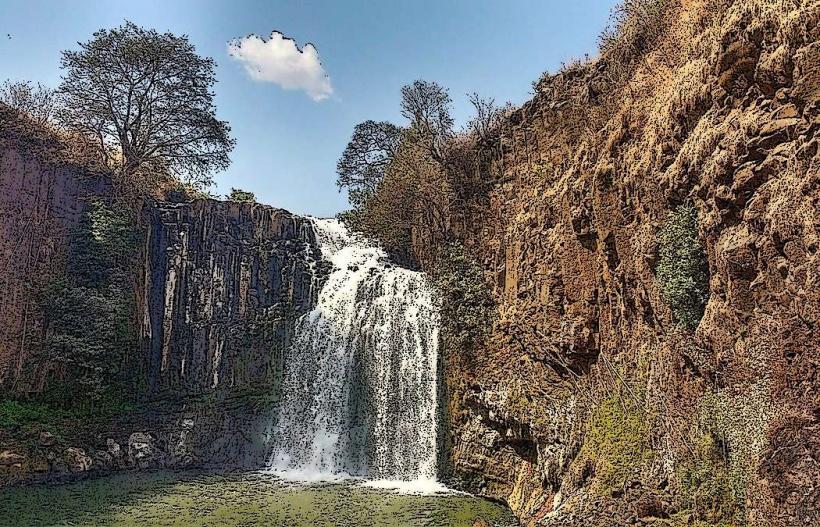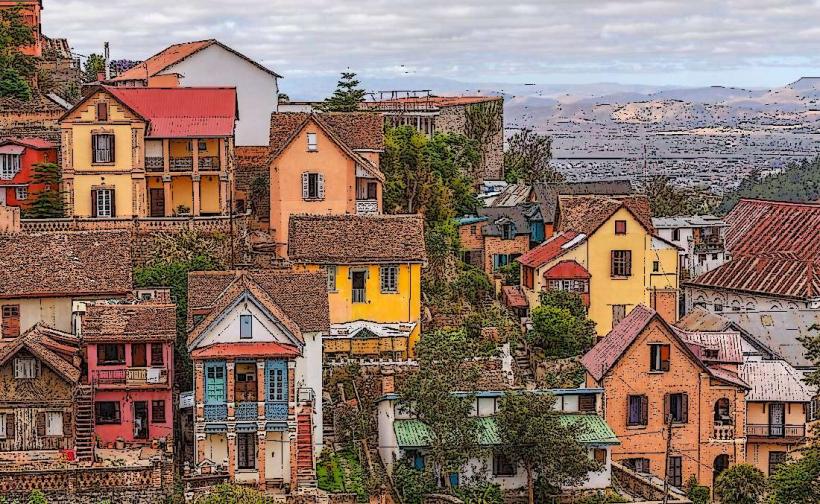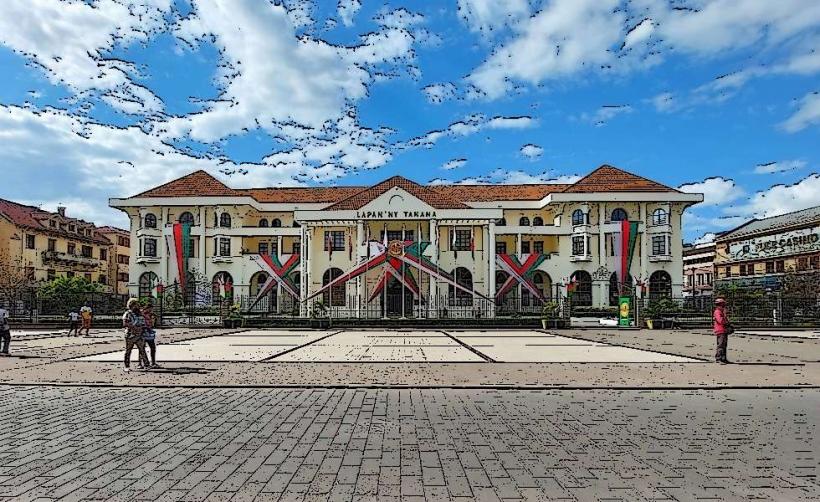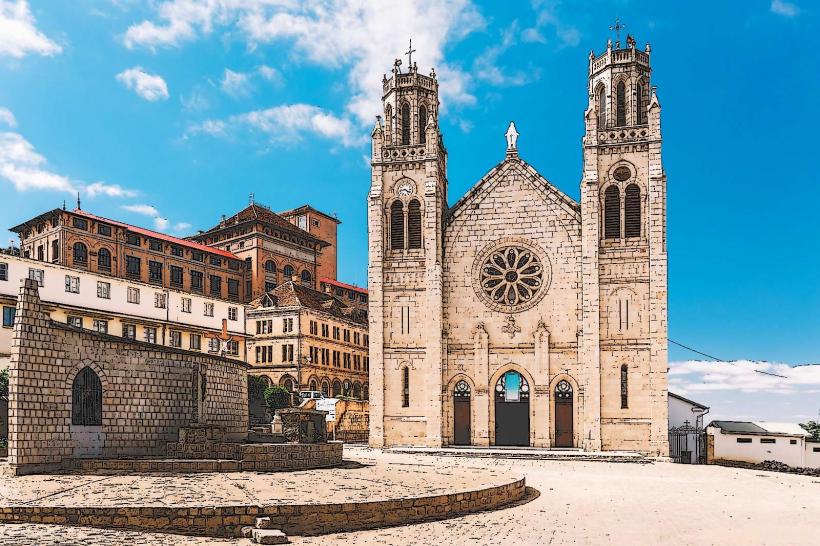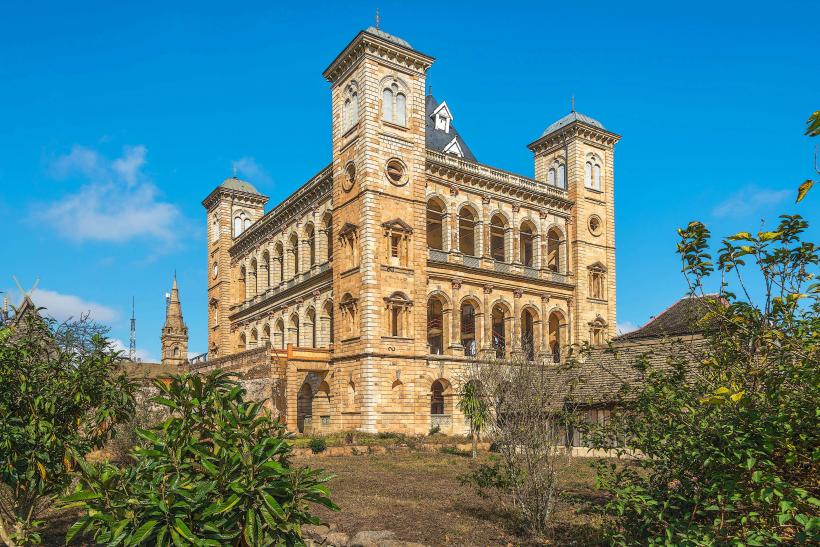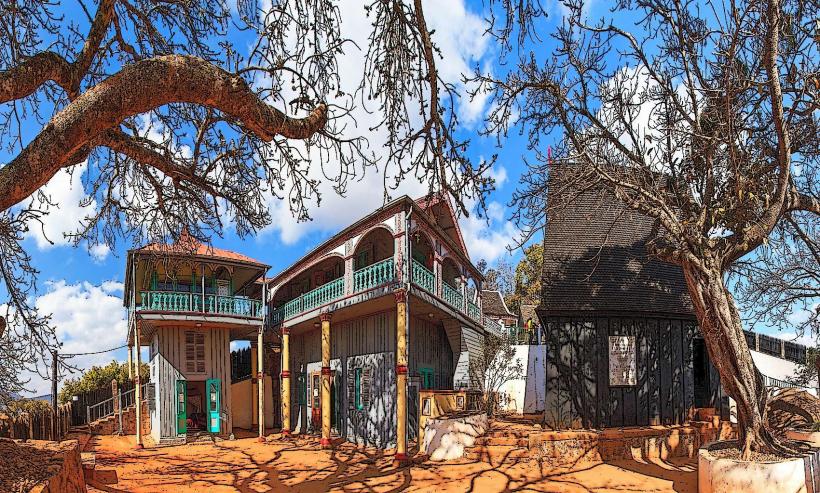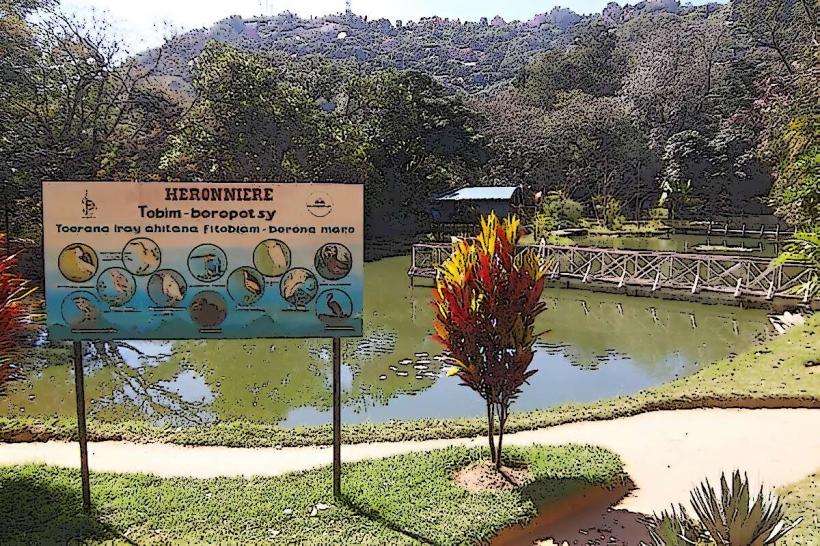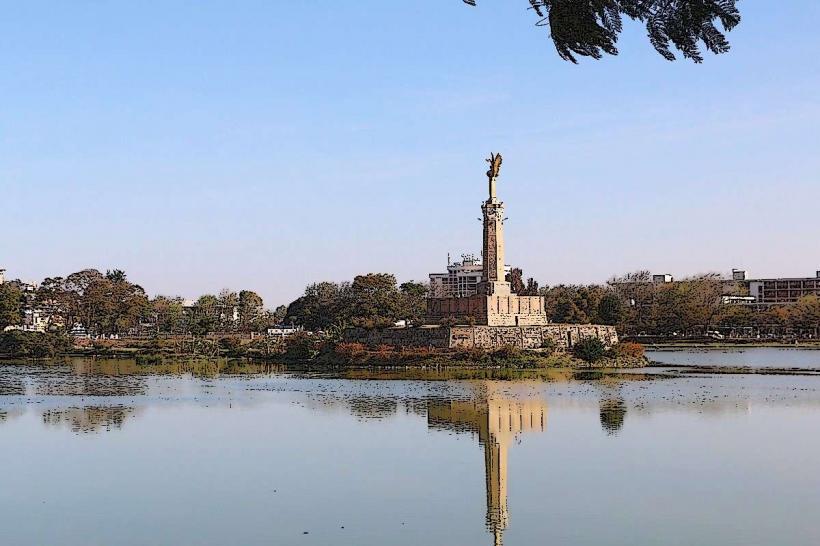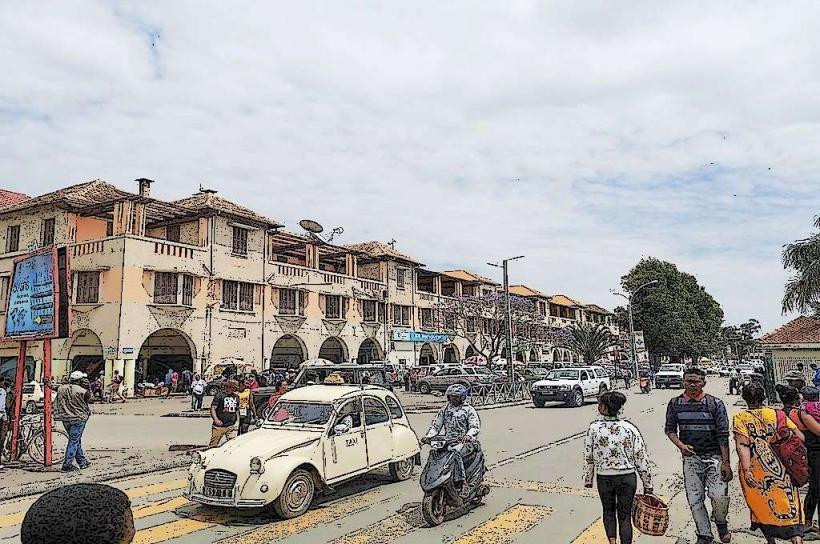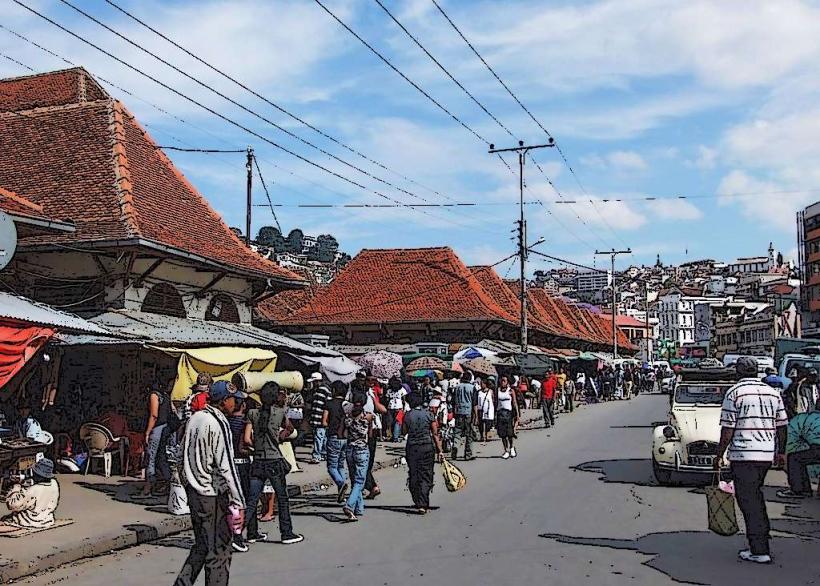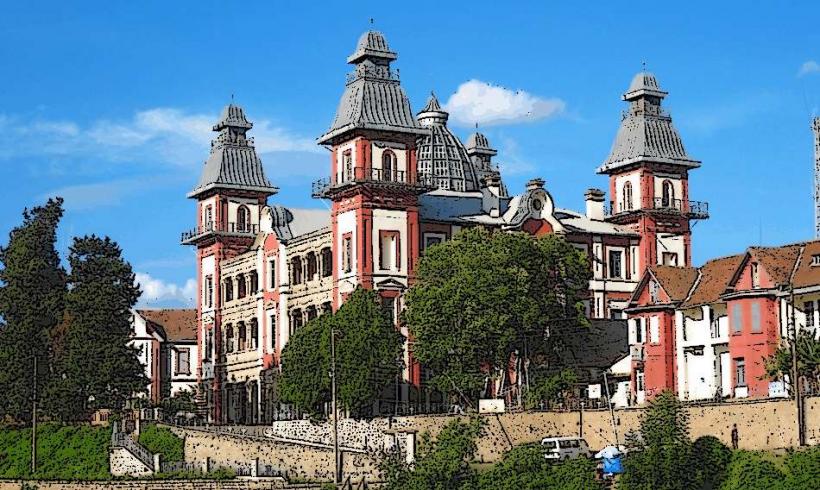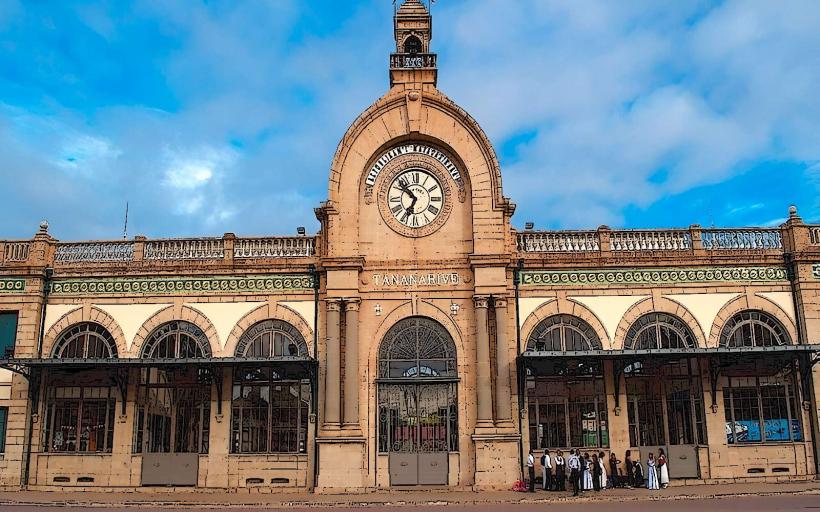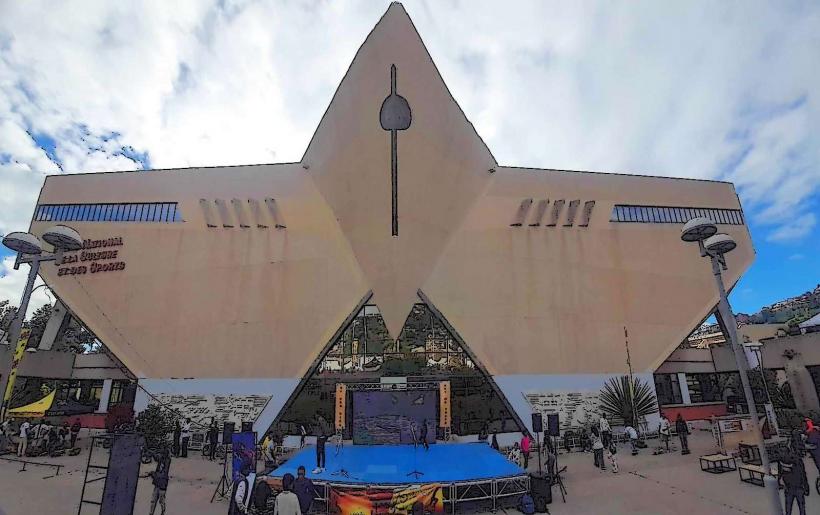Information
Landmark: Andafiavaratra PalaceCity: Antananarivo
Country: Madagascar
Continent: Africa
The Andafiavaratra Palace is a significant historical and architectural site located in Antananarivo, Madagascar. It is situated within the Rova of Antananarivo complex, the former royal compound of the Merina monarchy. The palace holds particular importance as it served as the residence of the prime ministers during the 19th century and is a key symbol of Madagascar’s political history, particularly during the reign of the Merina Kingdom.
History:
The Andafiavaratra Palace was constructed in the mid-19th century during the reign of Queen Ranavalona I. It was primarily built to serve as the residence of the Prime Minister, a position of great influence in the kingdom, and the palace became an administrative center for the royal government. At the time, the Prime Minister held considerable power, sometimes rivaling the monarch, and was responsible for overseeing the affairs of the state.
The most famous Prime Minister associated with the Andafiavaratra Palace is Prime Minister Rainilaiarivony, who held office for much of the late 19th century. He was an important figure in the Merina Kingdom, known for his political acumen and ability to navigate complex relationships with both the royal family and foreign powers, including the French. Rainilaiarivony was married to Queen Ranavalona III, the last monarch of Madagascar.
The palace's name, Andafiavaratra, roughly translates to “the place of the great tree,” which may refer to its location and the surrounding natural landscape. Over time, the palace became a symbol of the power and authority wielded by the Prime Minister's office.
Architecture:
The Andafiavaratra Palace is an excellent example of Malagasy architecture influenced by European styles, particularly those of the 19th century. Like other royal buildings in the Rova complex, it was constructed using local stone and other traditional materials, but with European touches that reflect the interactions between Madagascar and European powers during the colonial period.
Key features of the palace include:
- Stone construction: Unlike the wooden Royal Palace (which was destroyed in a fire in 1995), the Andafiavaratra Palace is made of stone, giving it a more solid and enduring appearance.
- Symmetry: The palace has a symmetrical design, with a central courtyard and surrounding rooms that reflect both Malagasy architectural traditions and European influence.
- Elegant Interior: Inside, the palace features large rooms with high ceilings, with decorative elements that highlight both Malagasy craftsmanship and European-influenced design, such as fine woodwork and European-style furniture.
The palace’s location on the Analamanga Hill offers beautiful views of Antananarivo and the surrounding areas, making it not only a functional administrative center but also an architectural gem with scenic surroundings.
Post-Royal Era:
After the monarchy was abolished by the French in 1897, the Andafiavaratra Palace, like other royal buildings, fell into disuse. It was later restored and became a museum in the 20th century. Today, the palace is part of the Rova of Antananarivo heritage site and serves as a historical museum showcasing the royal and political history of Madagascar.
In recent years, the palace has been partially restored and is open to the public. It houses a collection of artifacts, photographs, and displays about the Merina monarchy, the French colonial period, and the role of the Prime Minister’s office in shaping Madagascar’s political landscape. Visitors to the palace can learn about the life and times of Prime Minister Rainilaiarivony and the history of the Merina Kingdom.
Significance:
- Cultural and Political Importance: The Andafiavaratra Palace is a crucial piece of Madagascar’s history. It represents the power of the Prime Minister’s office, which often played a significant role in the country’s governance and foreign diplomacy.
- Symbol of the Merina Kingdom: As a residence of the Prime Minister, the palace stands as a symbol of the Merina Kingdom's political structure and its resistance to foreign influence, particularly during the reign of Queen Ranavalona I and her successors.
- Architectural Heritage: The palace, with its European and Malagasy architectural features, is an important example of the blending of cultures during the 19th century, reflecting Madagascar's relationship with Europe during the colonial era.
Restoration and Tourism:
The palace was damaged by fire in 1995, but significant efforts have been made to restore it. Today, the Andafiavaratra Palace is open to the public as part of the broader restoration efforts at the Rova of Antananarivo. It provides a unique opportunity for visitors to explore the political history and royal heritage of Madagascar.
For those interested in Malagasy history and architecture, the Andafiavaratra Palace is an essential part of the Antananarivo cultural circuit, offering insights into the island’s royal past and the administrative functions that governed its affairs.
Conclusion:
The Andafiavaratra Palace is a remarkable historical site that represents the political and architectural grandeur of the Merina Kingdom and its monarchy. Serving as the residence of the Prime Minister, it played a central role in the governance of Madagascar in the 19th century. Today, it stands as a symbol of the country's rich cultural heritage and political history, attracting visitors interested in the legacy of the Merina royal family and the colonial era.


